Mathematics
Mrs Robyn Wilson - MaST - Mathematics Specialised Teacher
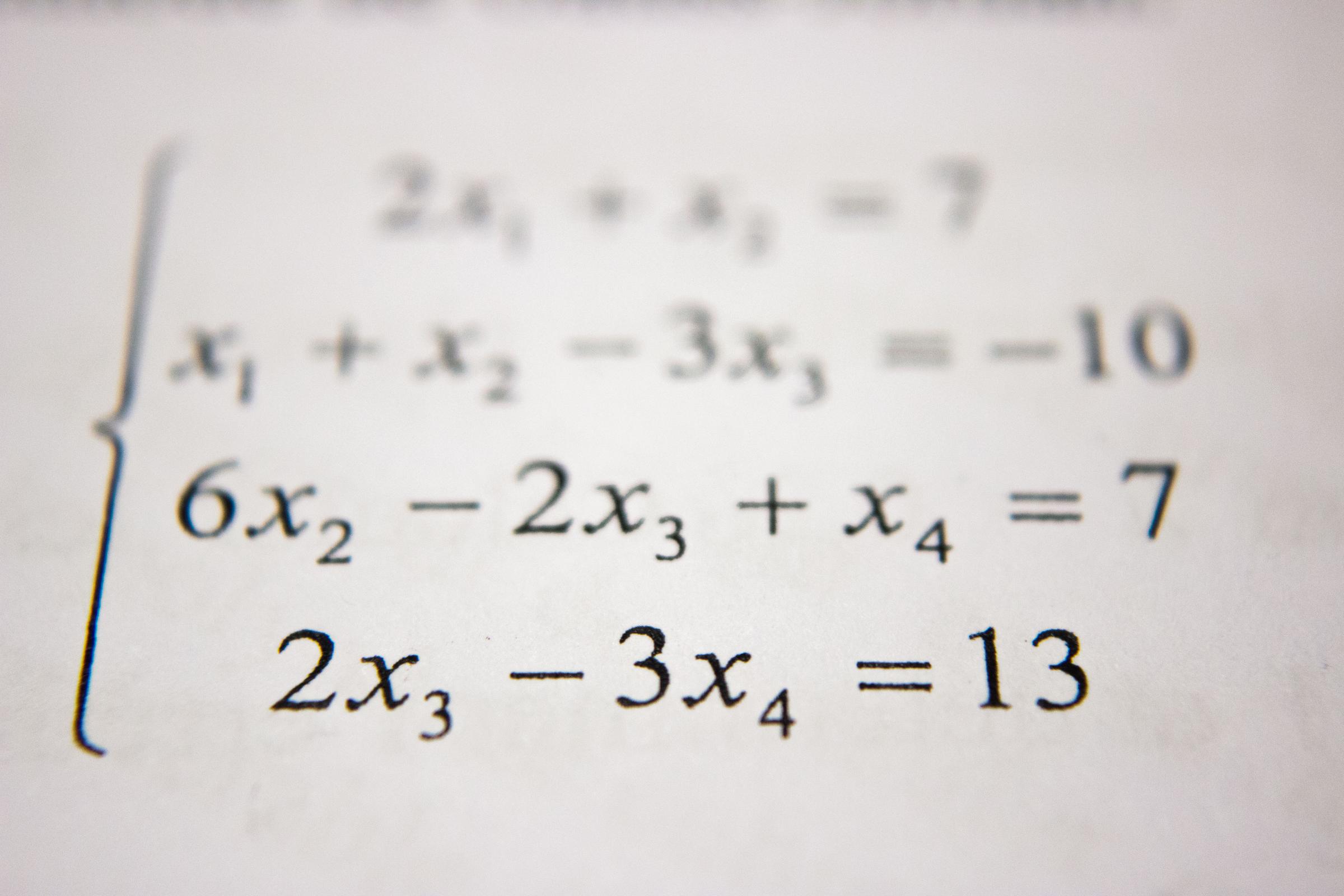
Mathematics
Mrs Robyn Wilson - MaST - Mathematics Specialised Teacher
Concrete resources, also known as manipulatives, are physical objects that children can pick up and manipulate to improve their maths knowledge. Used in maths education, a variety of concrete maths resources can help children to understand the relationship between numbers and the number system.
They can aid and enhance children’s understanding of different maths concepts. Therefore, concrete materials allow them to visualise and understand the maths which allows them to make sense of what is actually happening. This will let them see why and how the procedure has worked. This means they are more likely to understand and accurately remember the methods. Using concrete materials in combination with other methods can enrich and deepen understanding.
In Kindergarten we use a lot of concrete materials. See below how the students are using them.
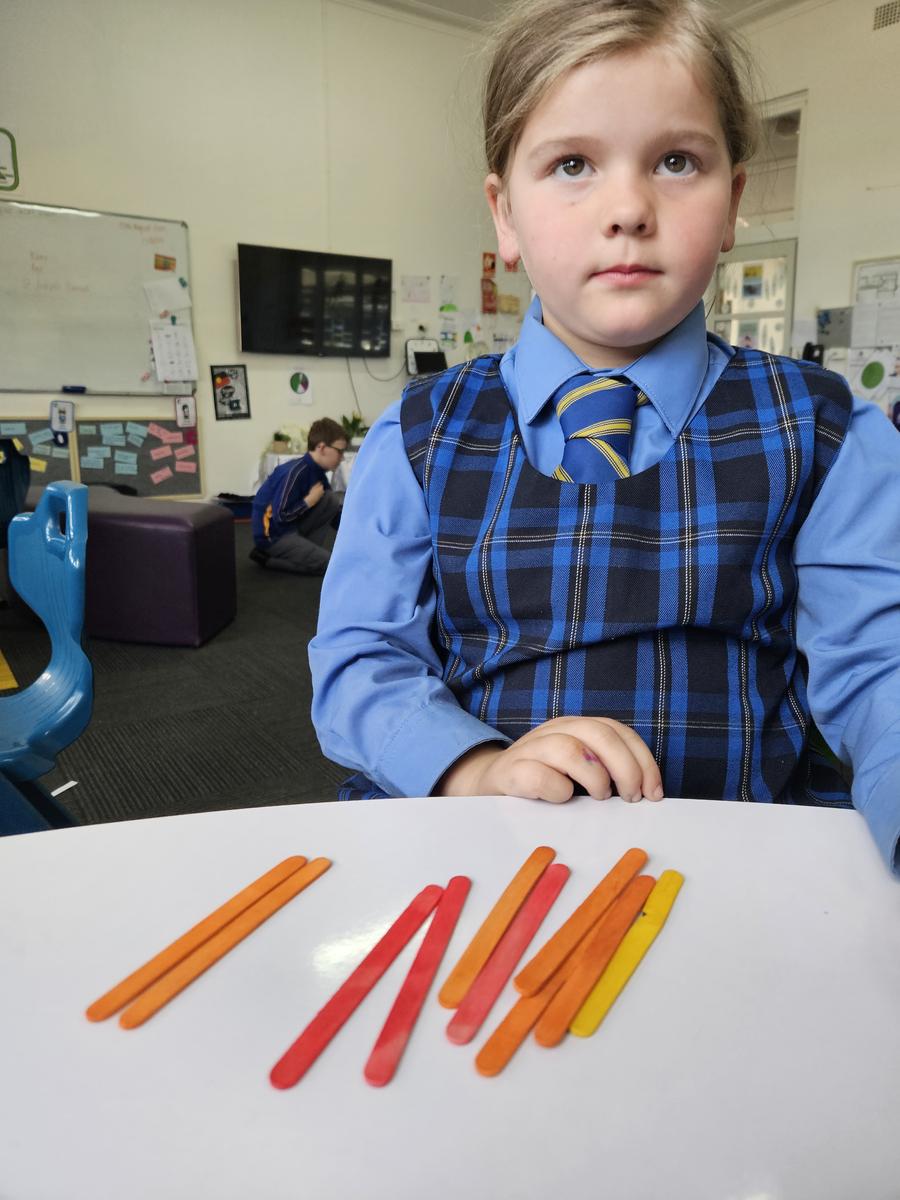
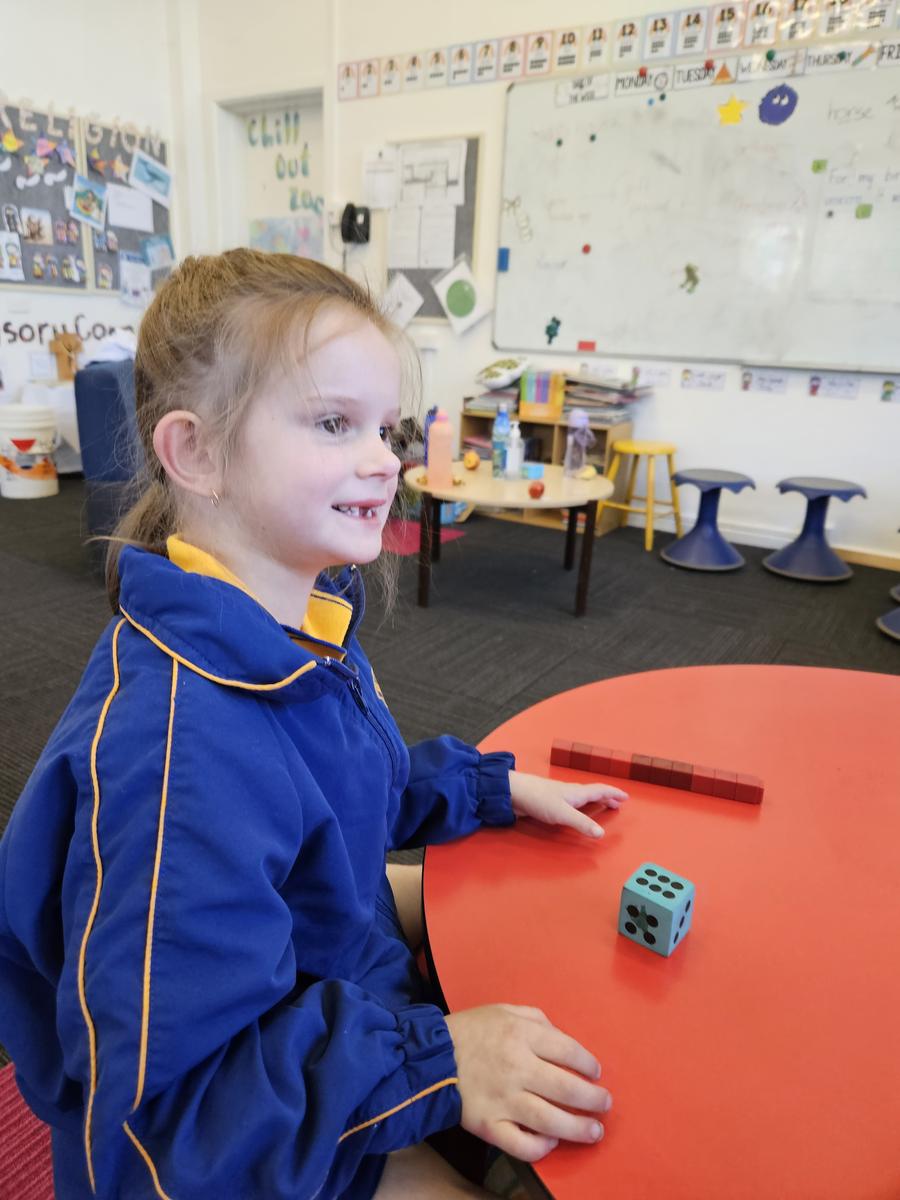
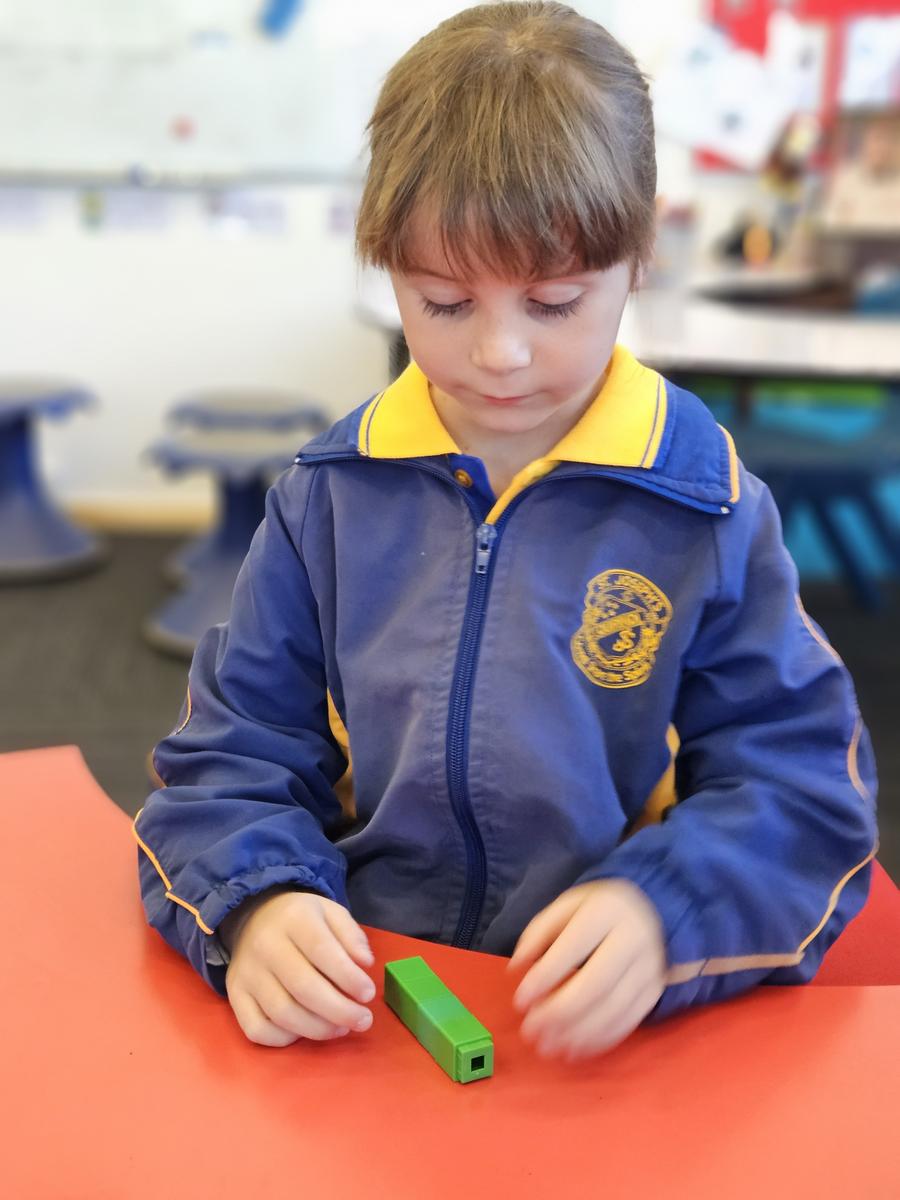
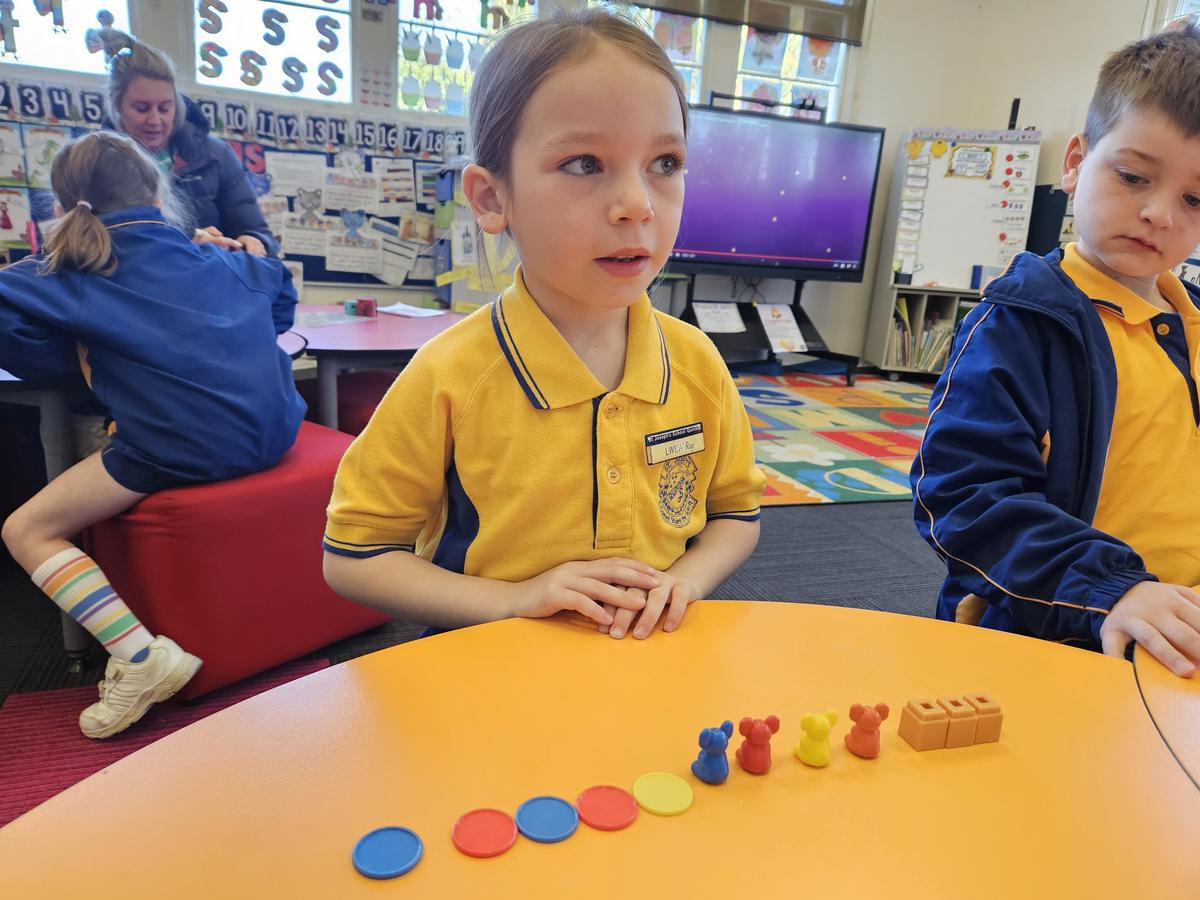
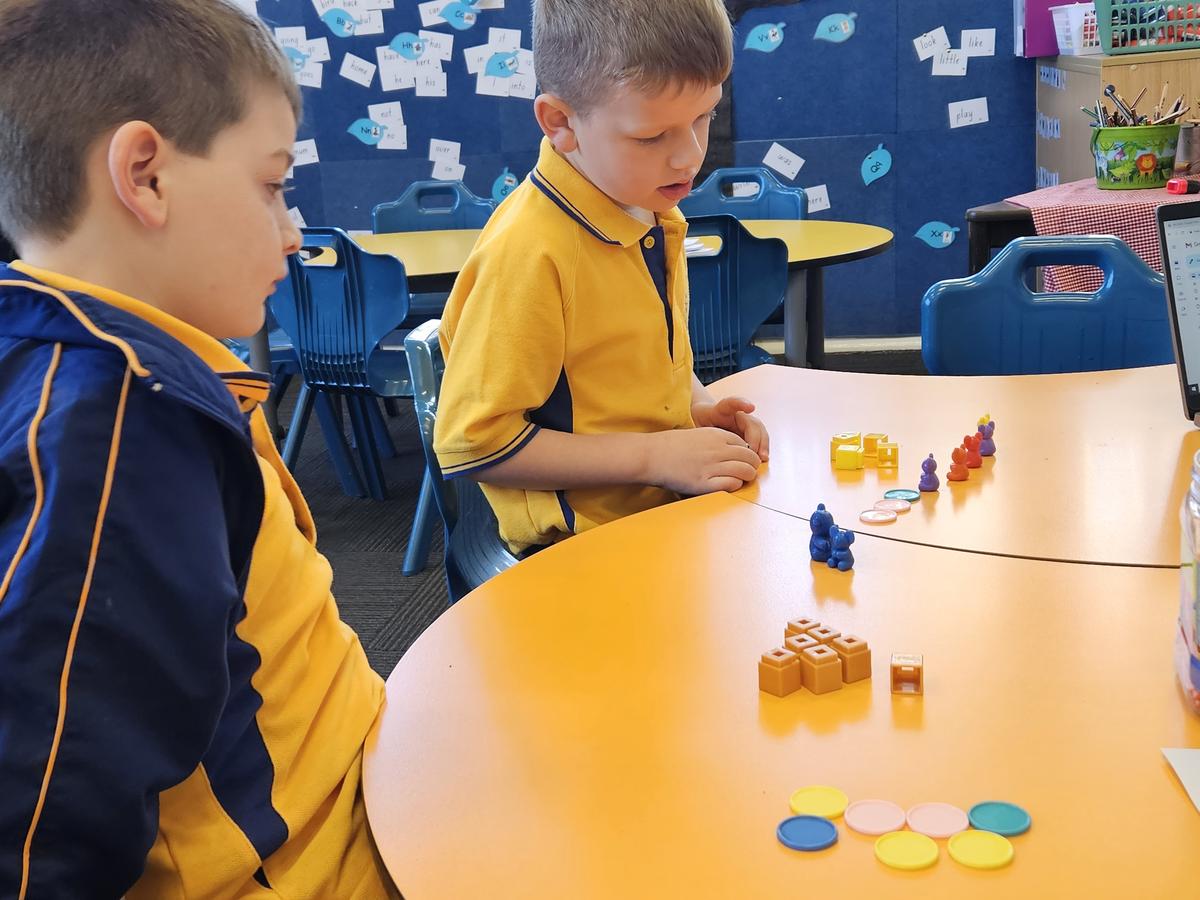
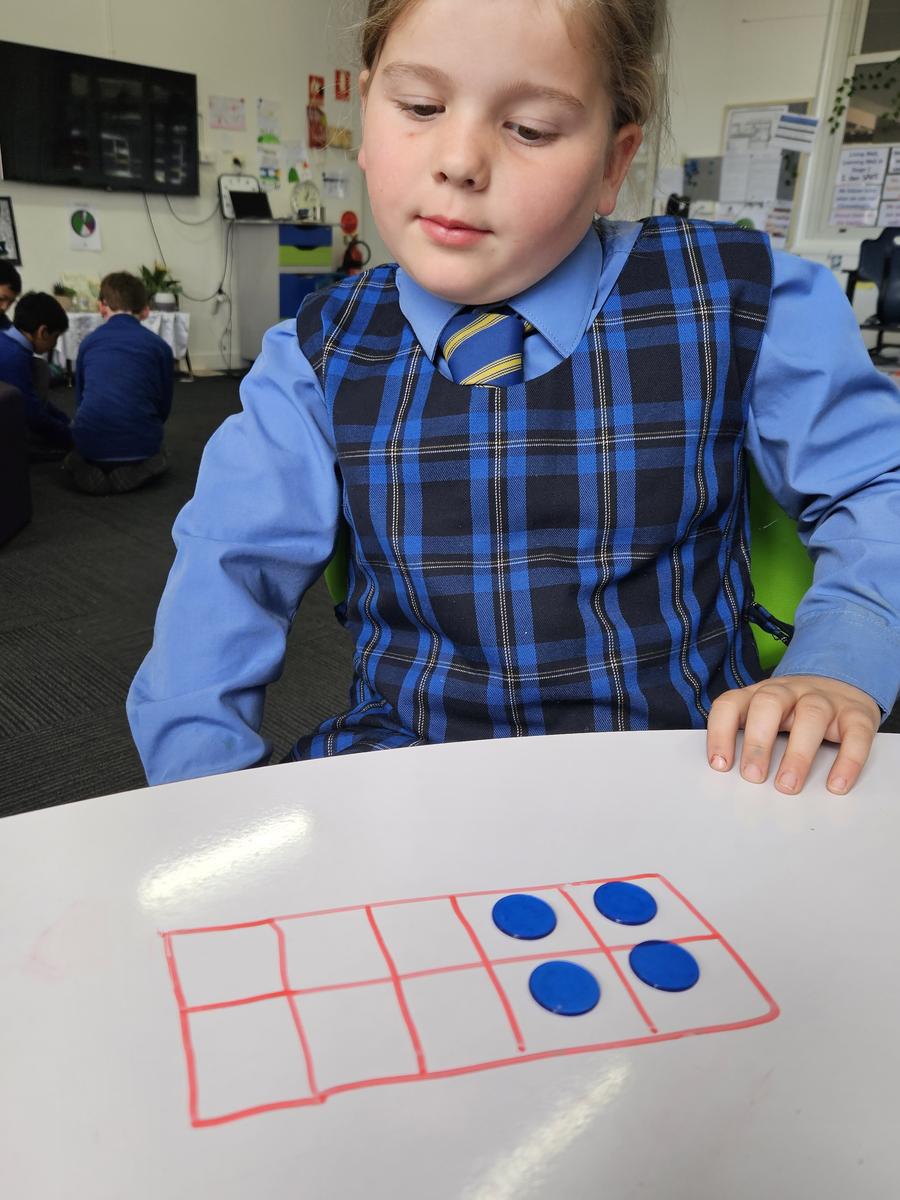
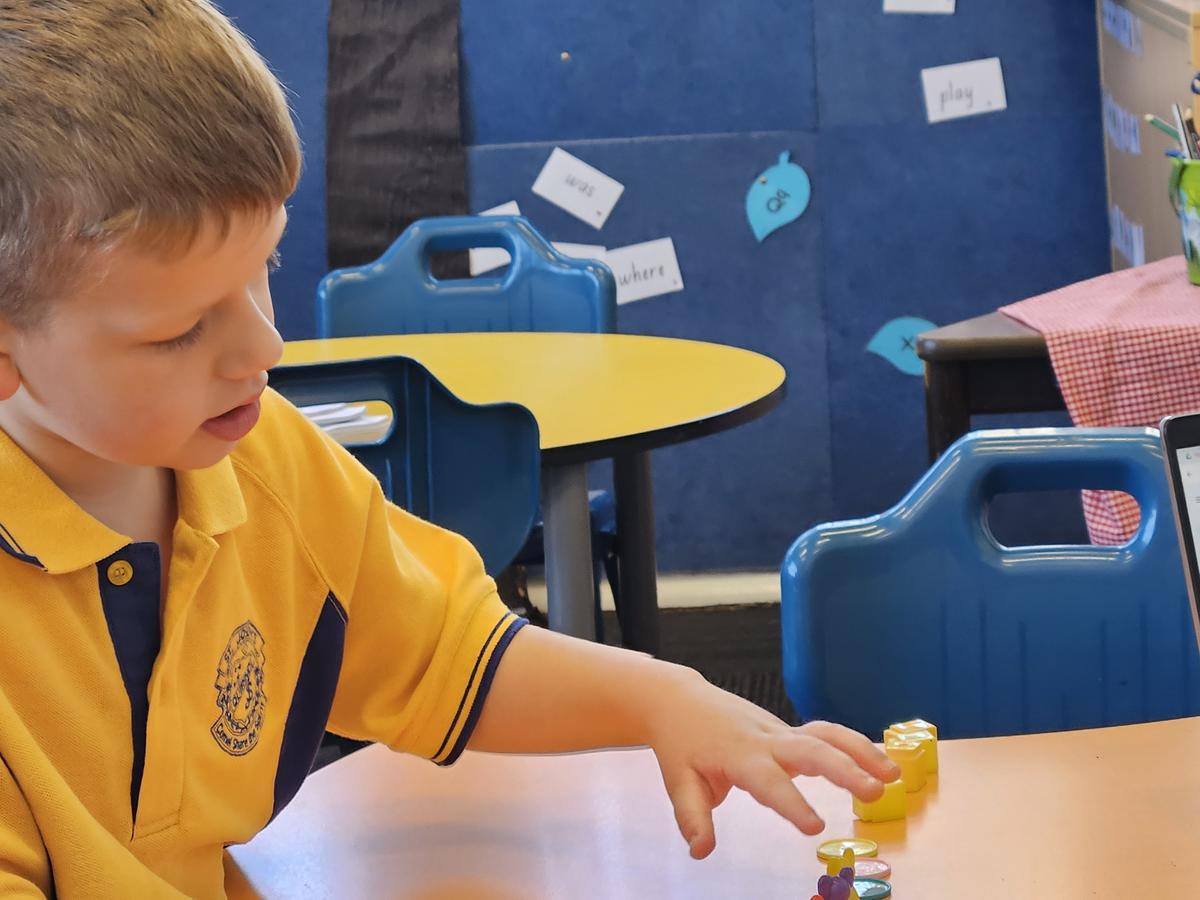







Concrete materials also help students learn new concepts and relate them to what they have already learnt. It allows children to construct their own mental models for mathematical ideas. It also has the additional advantage of sparking more interest in the topic to make maths more engaging.
And let's not forget, one of the main reasons why concrete maths resources play a key role in learning is because they support the mastery style approach. This means that these resources help children develop a deep knowledge and understanding of vital maths concepts and learn how to use what they know to tackle unfamiliar problems.
Stage 1 below are using materials for teaching division.
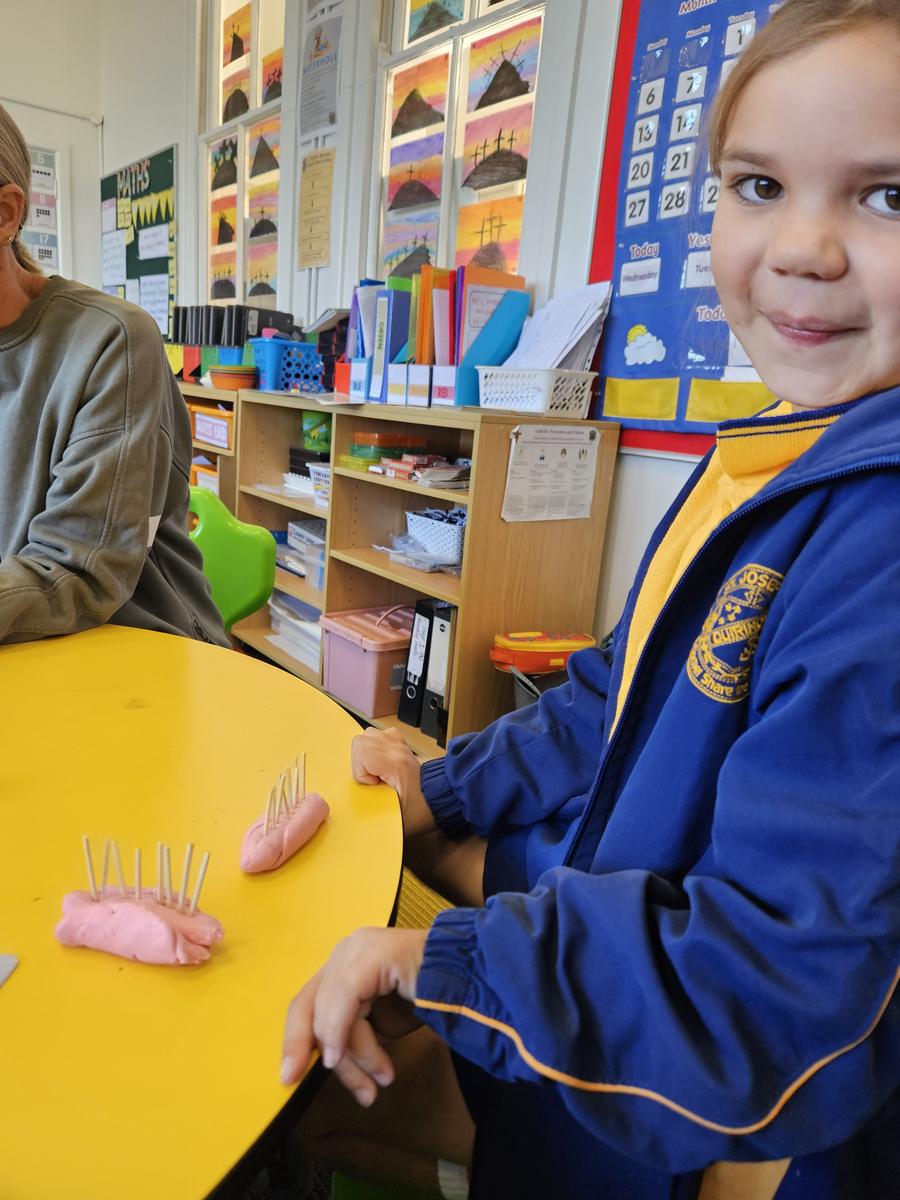
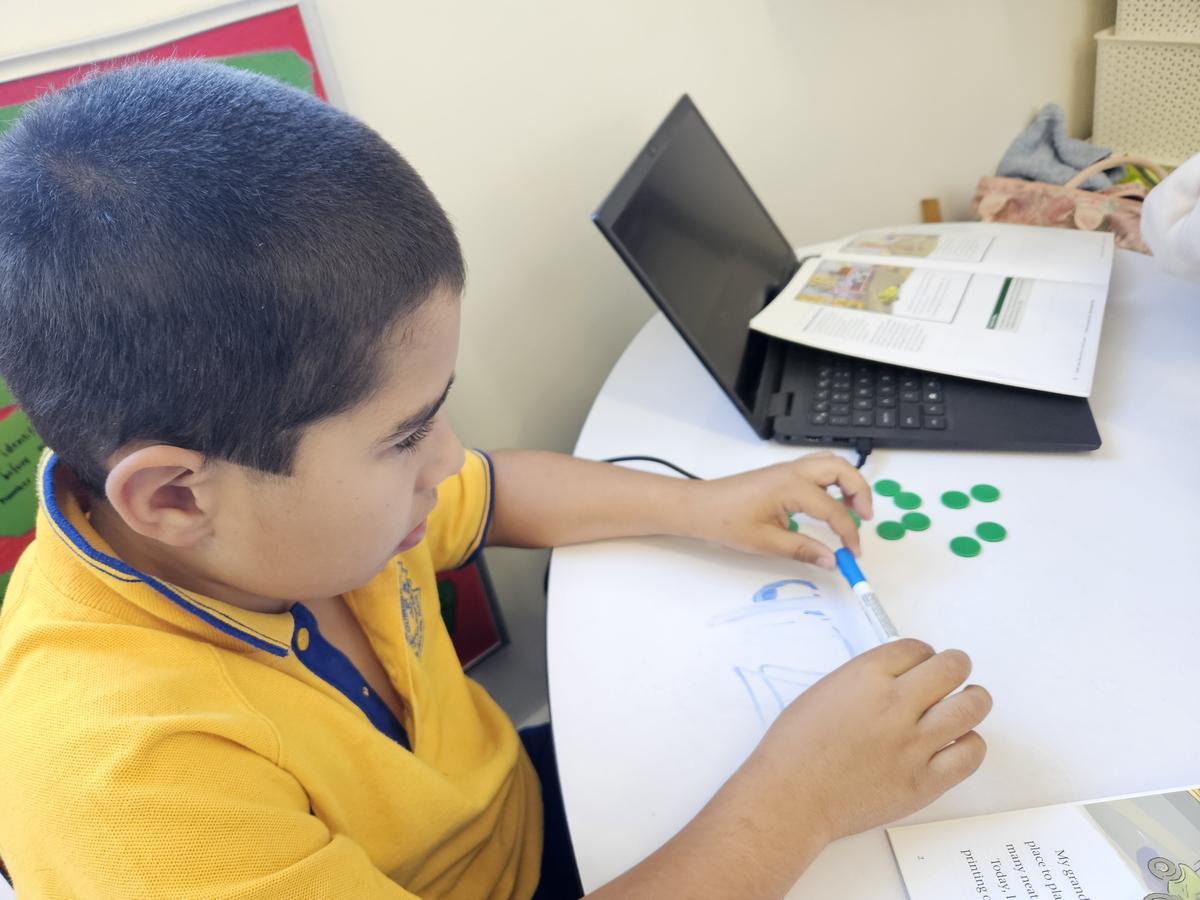
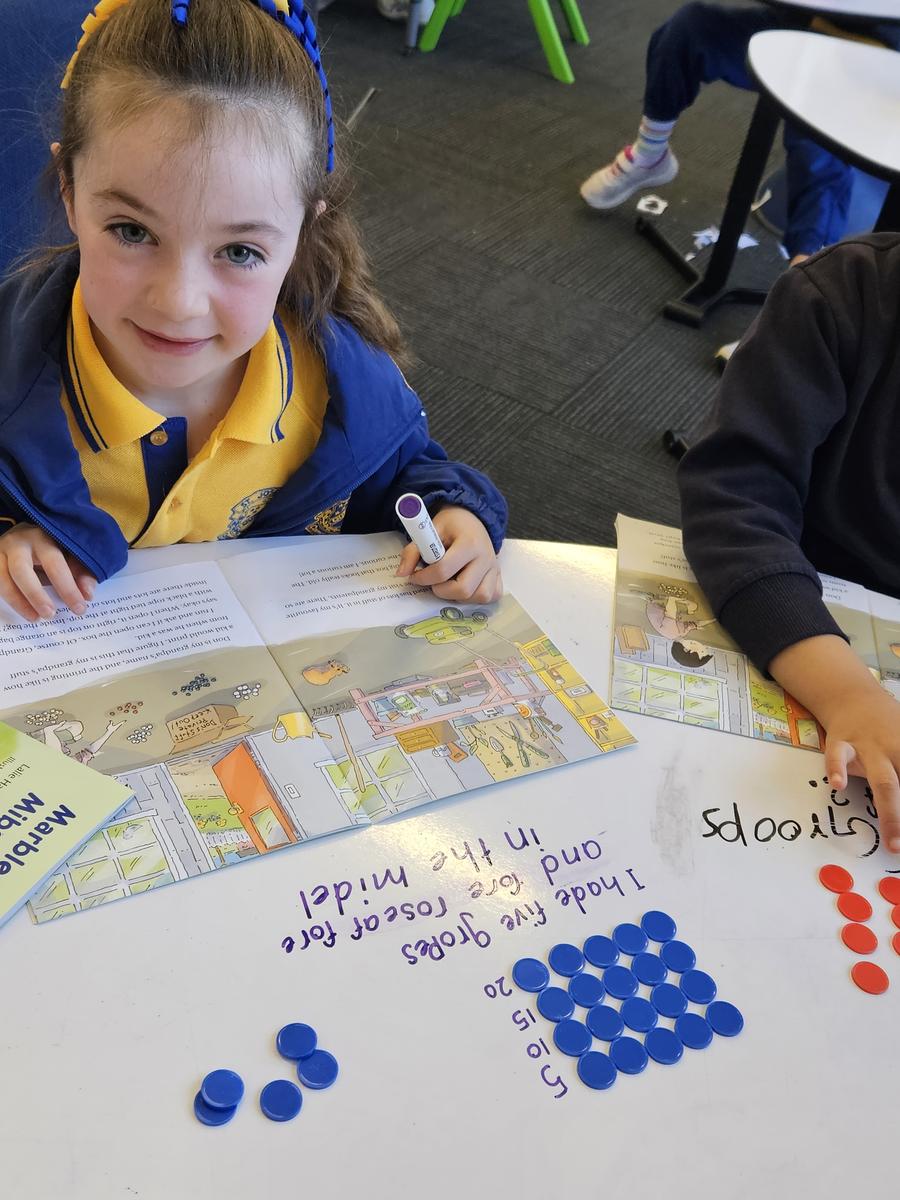
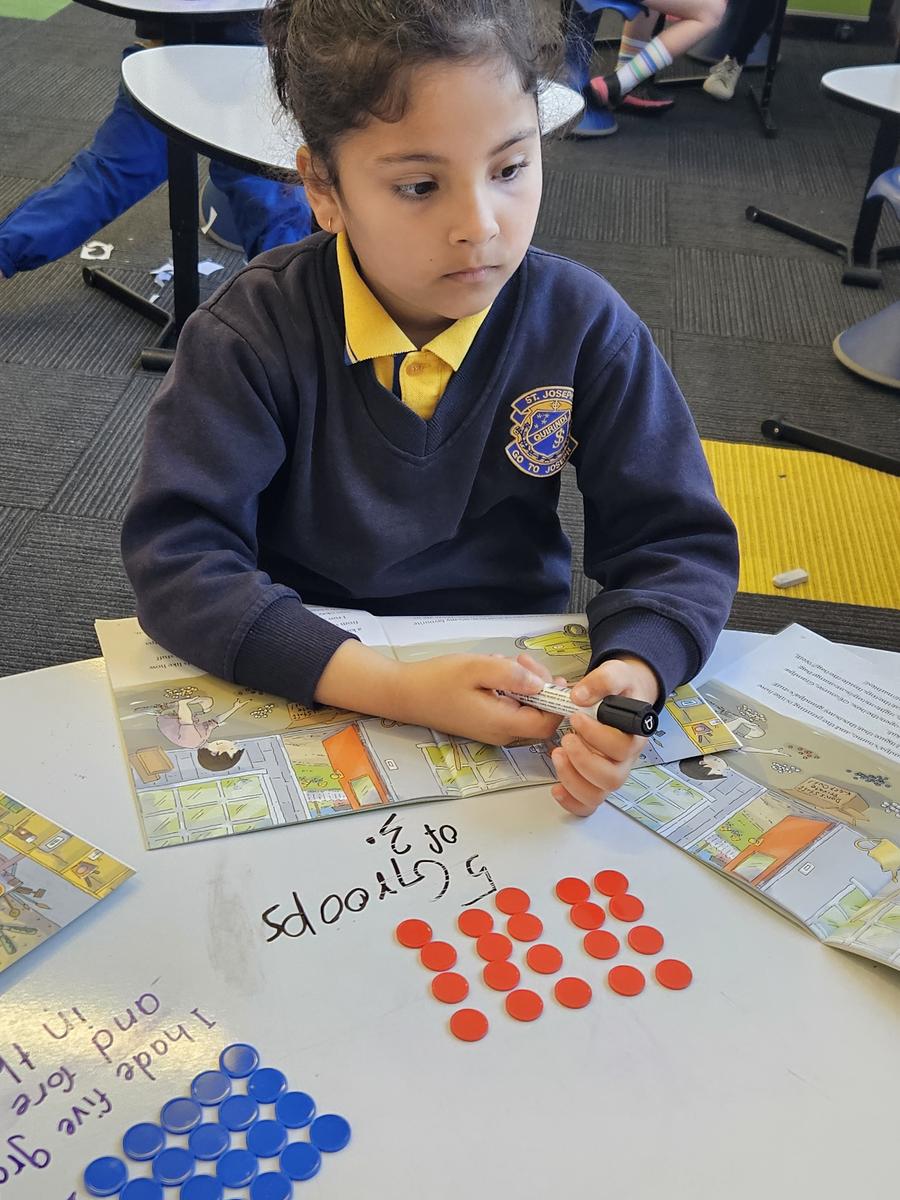
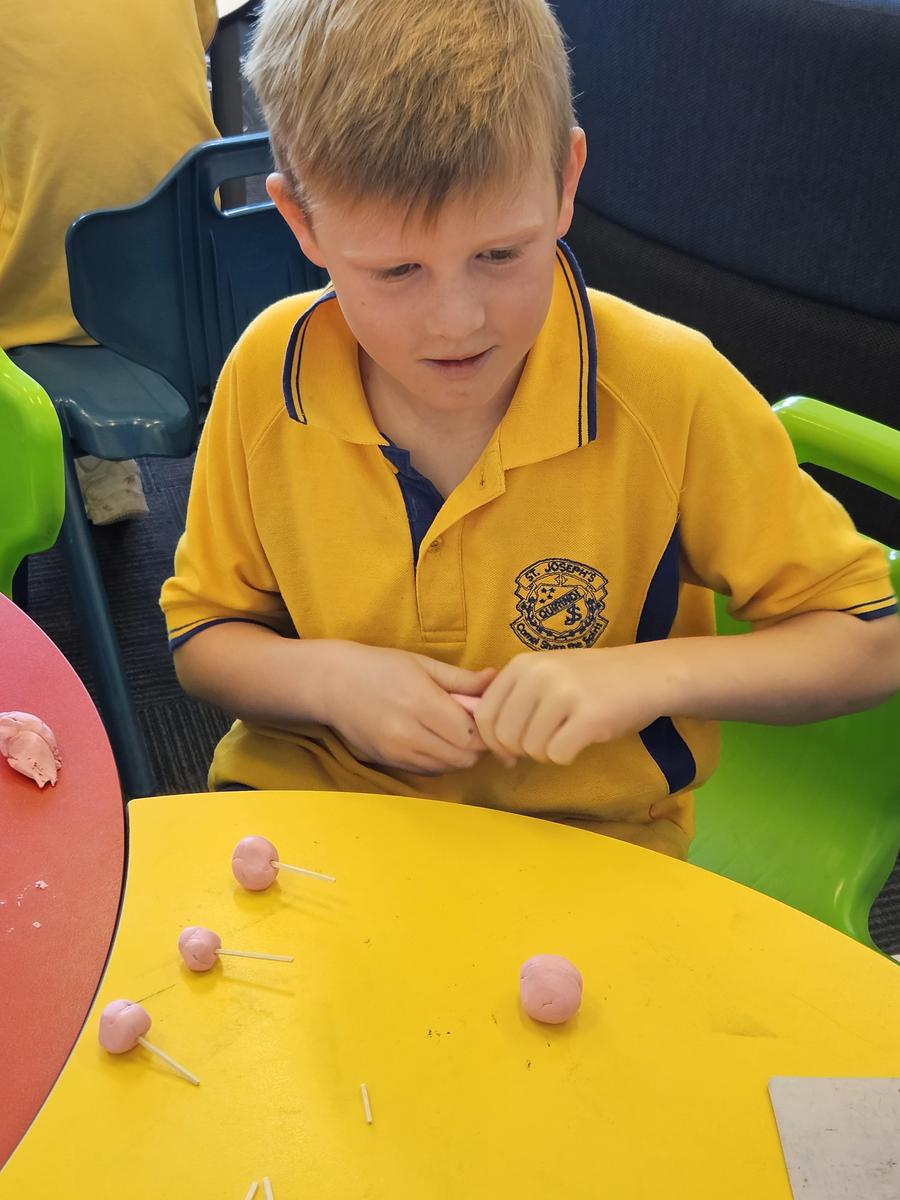





In the past, children were taught procedures, but not why or how the procedure worked. In other words, children learnt the methods to get to an answer, without any understanding of the maths behind each method or procedure.
While there are children who are able to access the maths through just learning a procedure by rote, many others have great difficulty coping with the abstract nature of it.
Below in Stage 2 you can see them also using manipulatives.
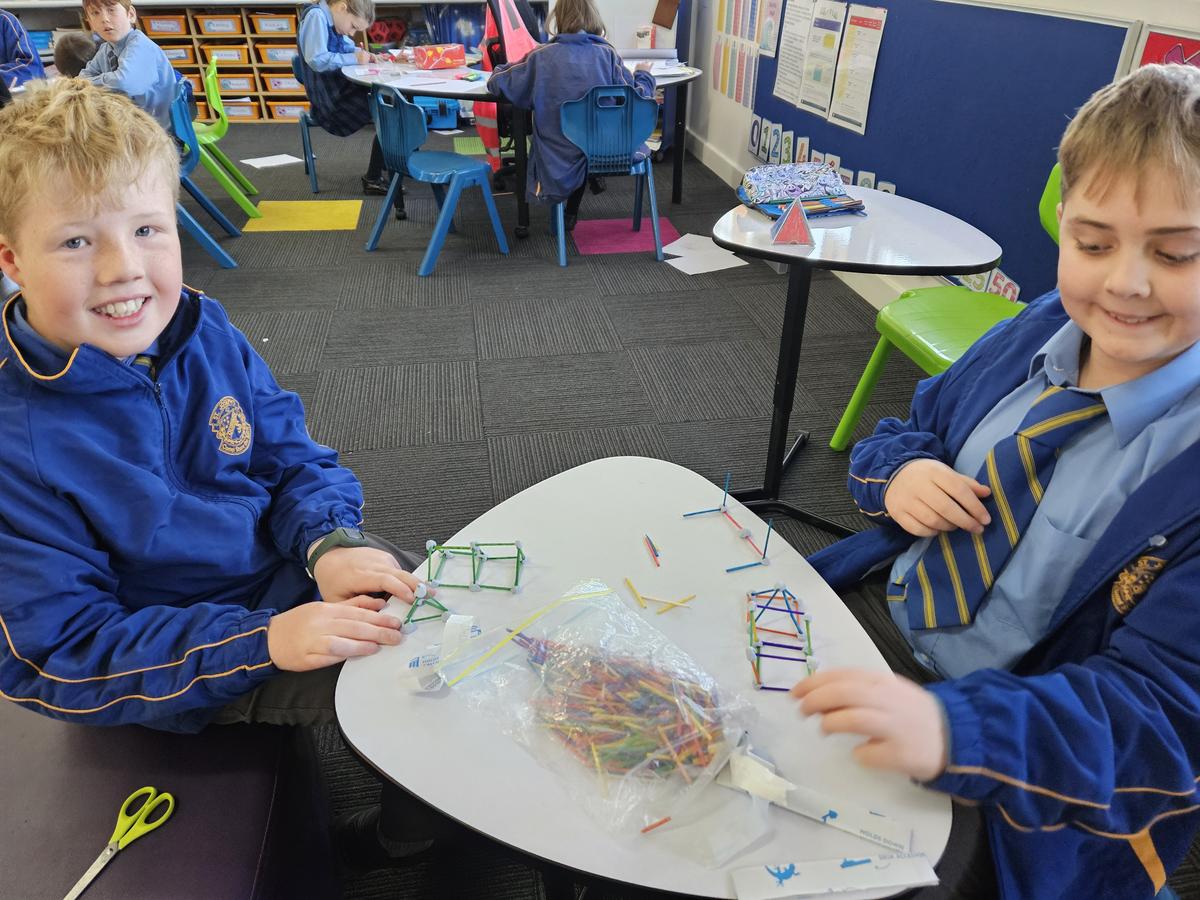
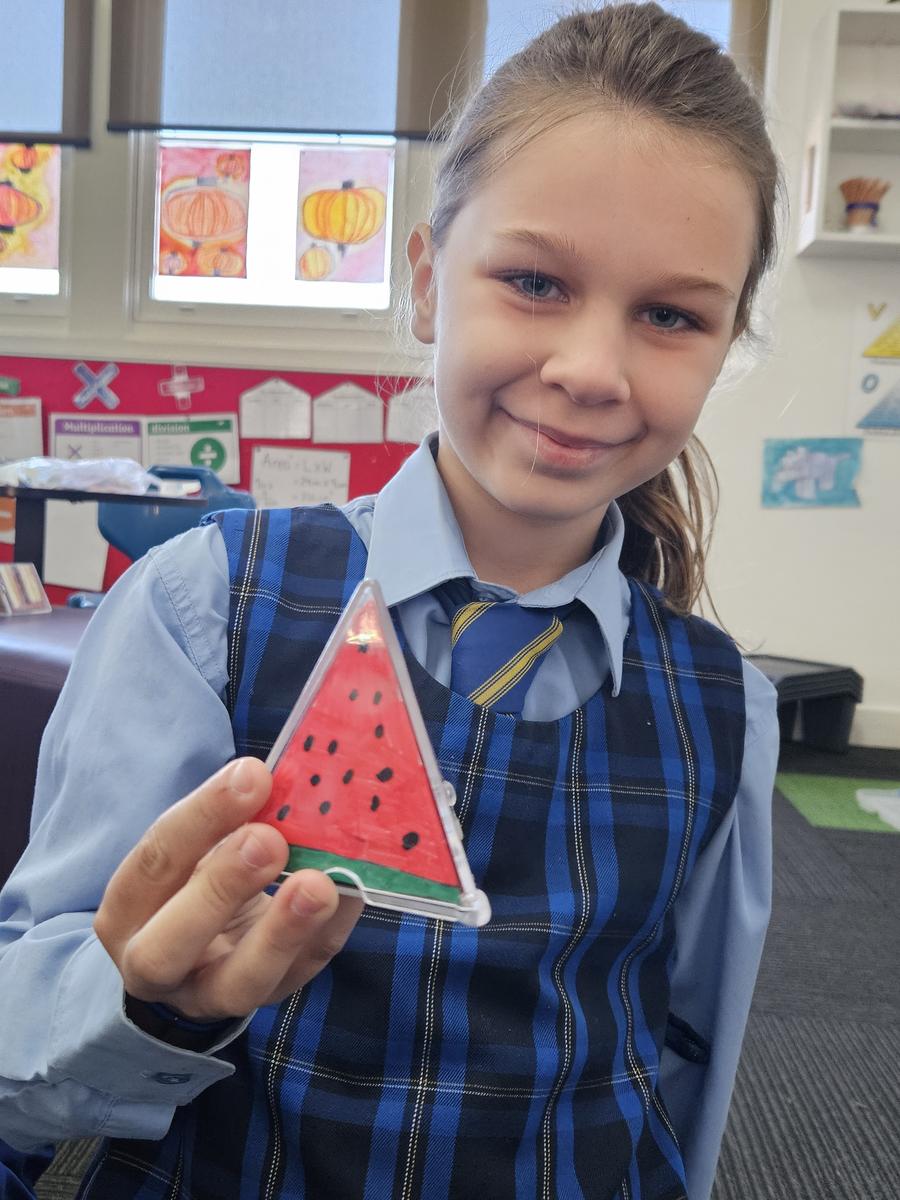
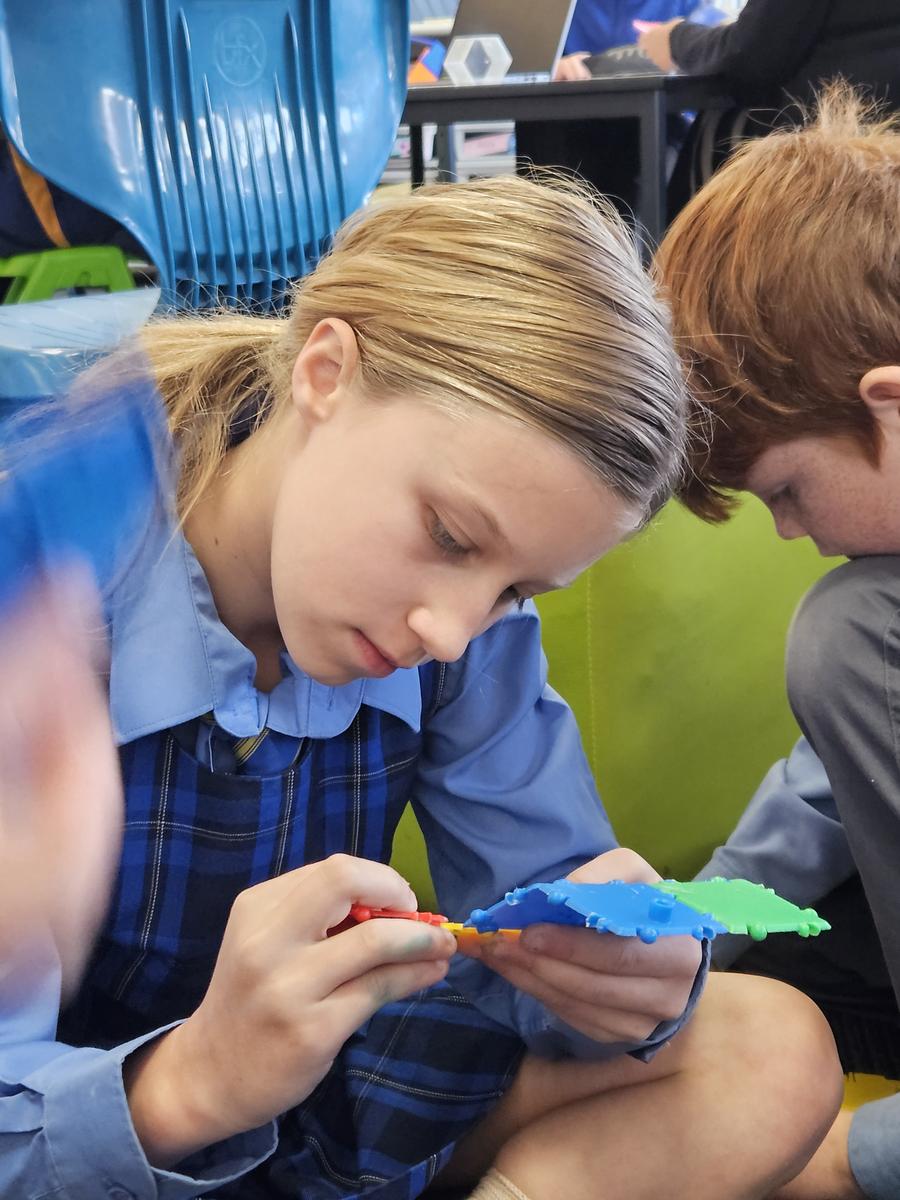

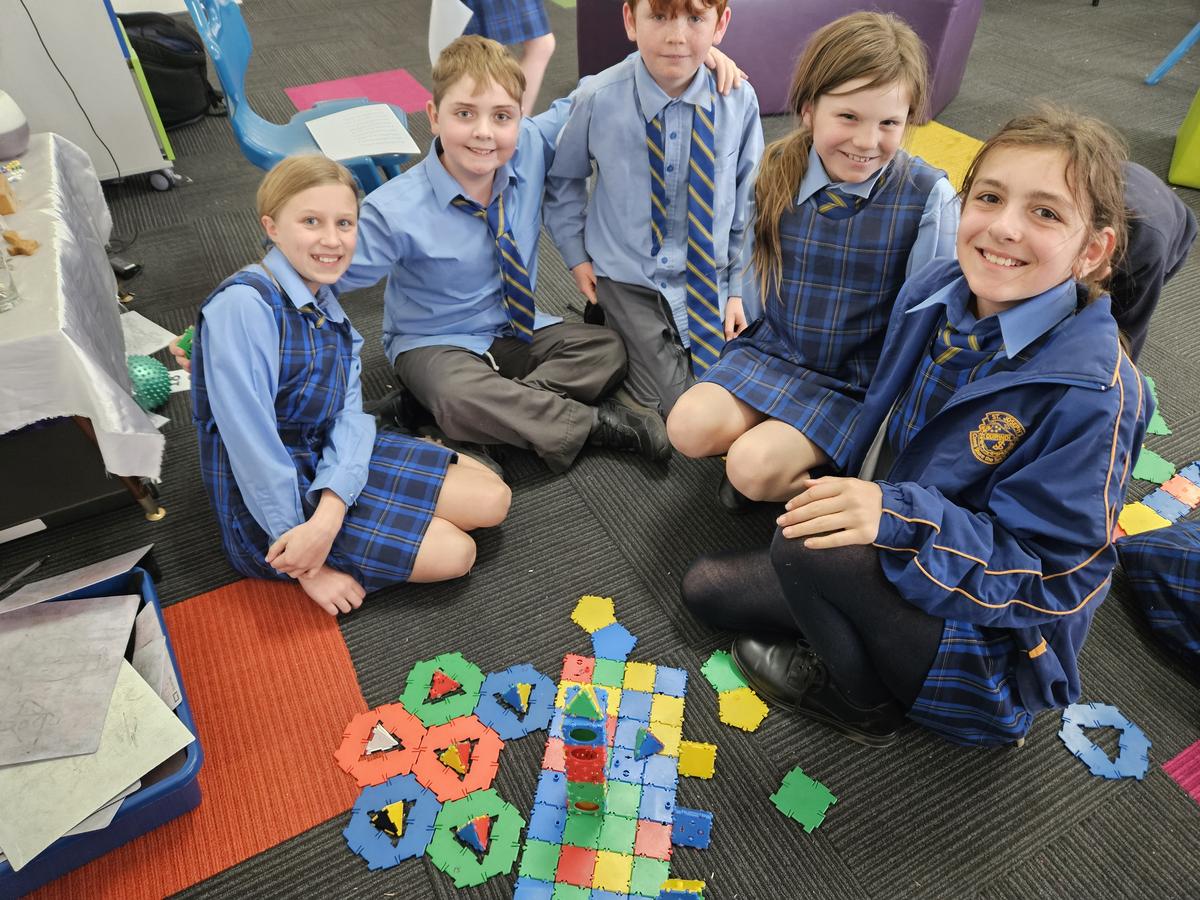
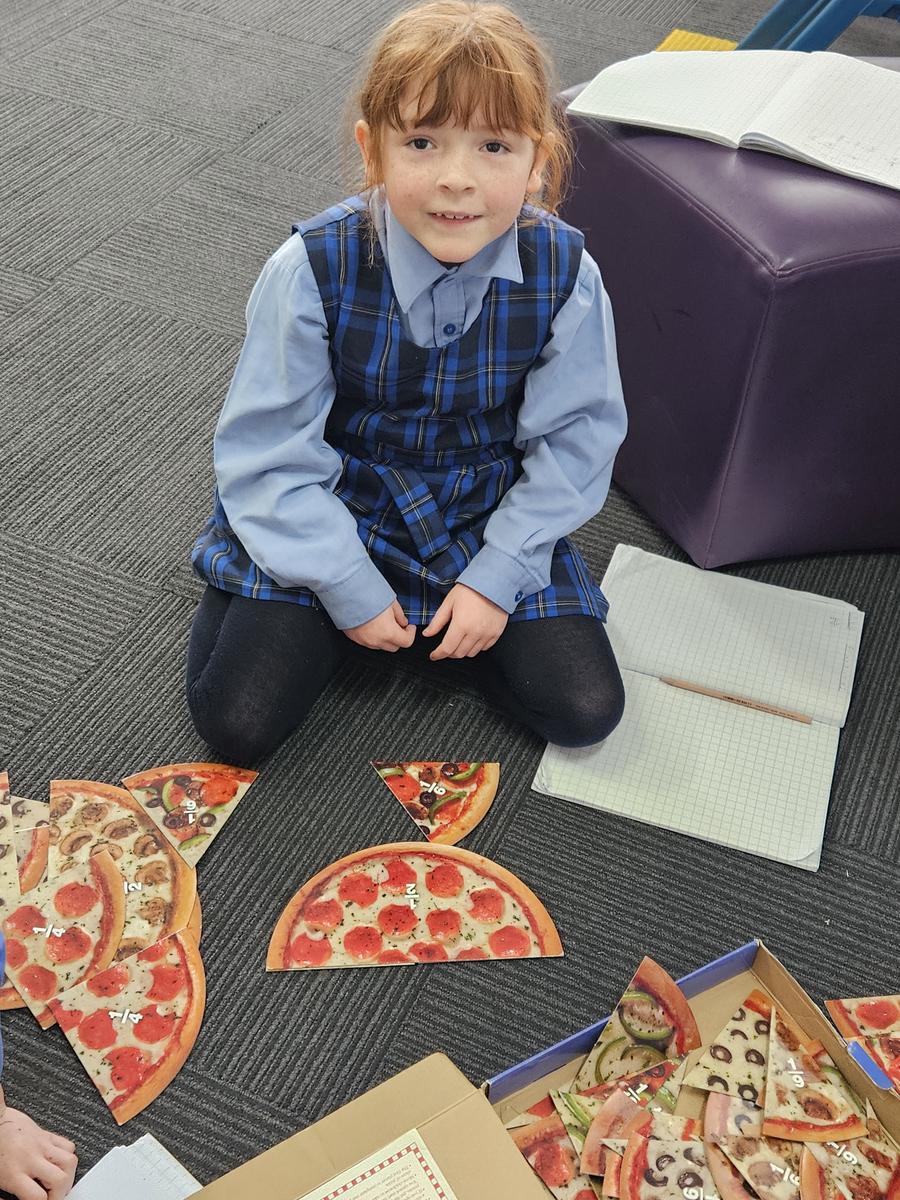
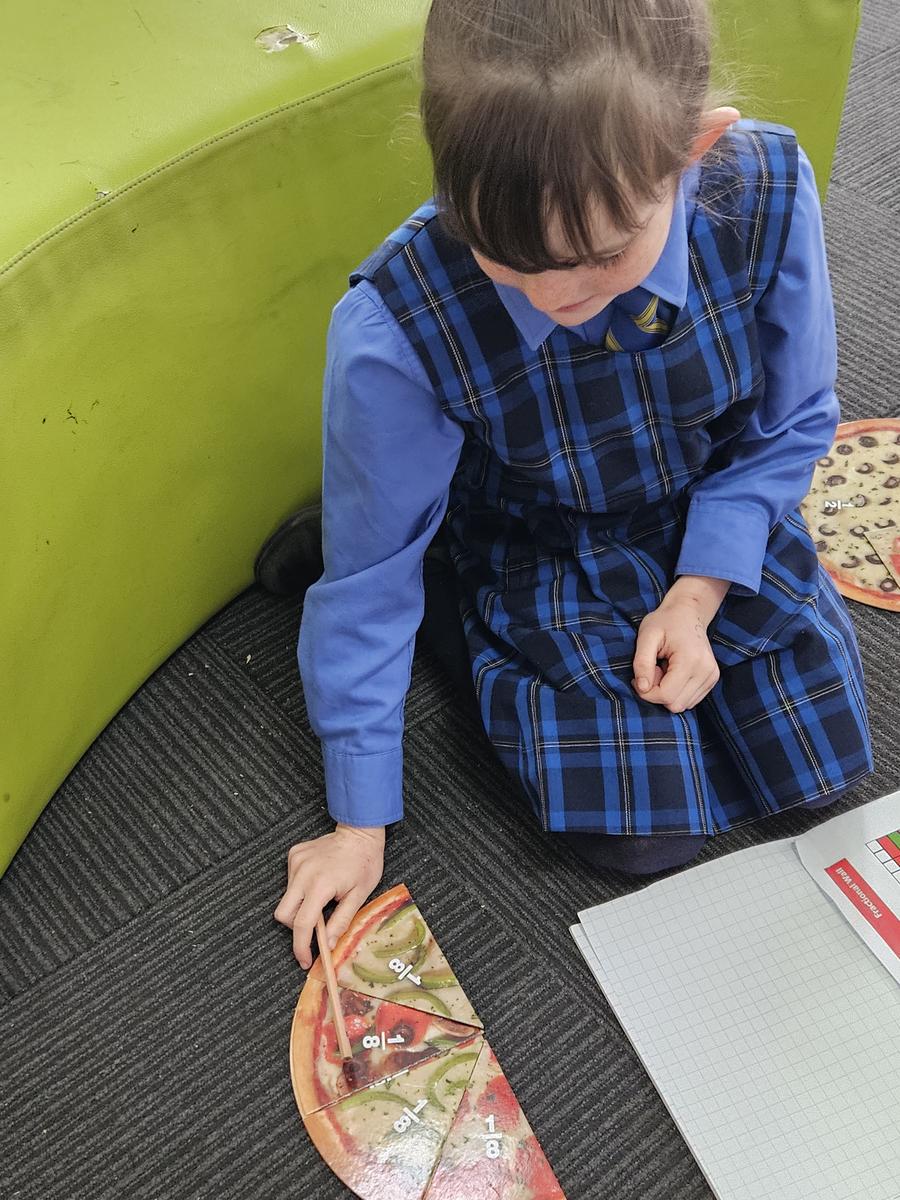







It isn’t just at school that children can benefit from accessing concrete resources in maths. They are equally important at home.